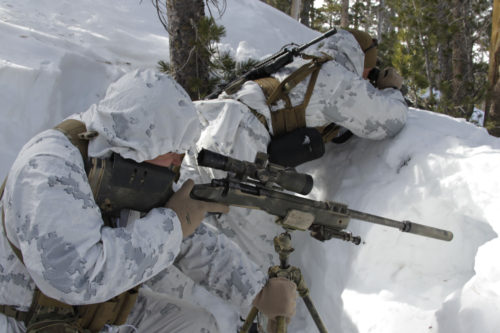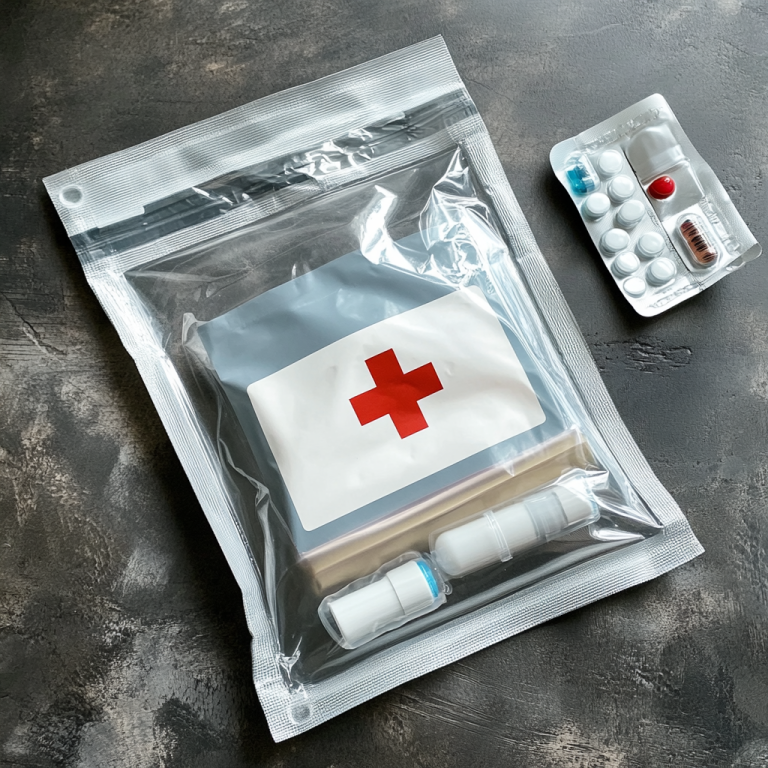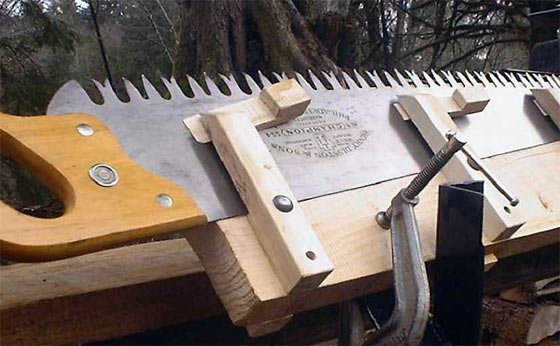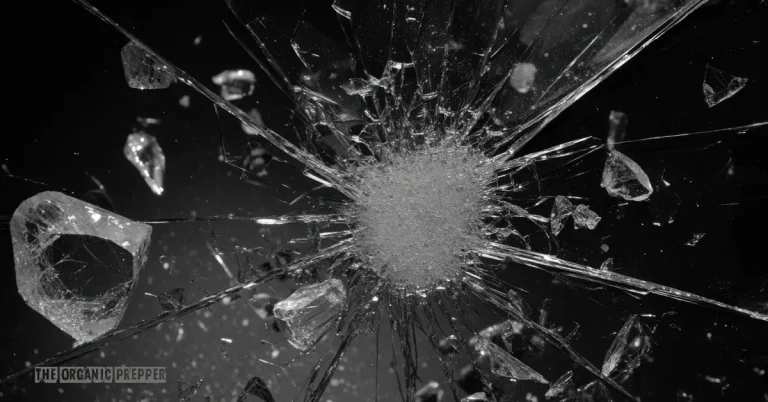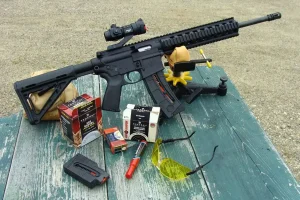Hello folks, we have been to the high desert in Northern Utah to do a bit of shooting today. So like all stories there is a good side and a bad side to this, first the good – we were shooting; now the bad – slow moving fingers and shaky hands.
While my fingers were thawing, this article came to mind. I am going to focus strictly on the local effects of cold on the hands in relation to shooting performance. I won’t get into hypothermia or frostbite; I have an idea swimming in my head for another article regarding hidden dangers (over dressing, cold weather dehydration, etc.) of cold weather where I will discuss those issues.
To “set the stage” of this subject we will quickly discuss the term “normal” in regards to hand/finger temperatures. We will call “normal” what people experience in everyday life under comfortable, often indoor conditions. With normal established, let’s look at “cold”, and just to keep it simple, the only terminology we will use is cold.
Cold Stress and Work in the Cold
Cold stress may be present in many different forms, affecting the whole-body heat balance as well as the local heat balance of extremities. Cooling of the whole body or in this case, parts of the body, results in discomfort, impaired sensory and neuro-muscular function and, ultimately, cold injury.
The most obvious and direct effect of cold stress for this subject is the immediate cooling of the skin. The type and magnitude of reaction are determined primarily by the type and severity of cooling. Local cold exposure may cause systemic arousal, what that means is that the increased stress level increases sympathetic nervous activity and, thereby, preparedness for action. When our bodies prepare for action and respond to the cold stimulus, our fight or flight nervous system function kicks in, and the adrenalin begins to dump. This function will work to fight the cold stimulus by giving the muscles stimulation to shiver AND cause the blood vessels in the extremities to begin to squeeze, which results in a reduction of blood flow to muscles and skin. This reduces fine motor skills and makes the “feel” for the trigger much less. That is not a welcome effect when trying to hit the target; great when trying to out run a bear or survive a blizzard, but we are not in those situations.
How do we fix this, the simple answer is to keep our hands warm or wear gloves. Prevention of cooling by means of donning cold-protective clothing, footwear, gloves and headgear interferes with the mobility and dexterity of the shooter. There is a “cost of protection” in the sense that movements and motions can become restricted and more exhausting.
Manual (hands) dexterity performance
Hand function is very susceptible to cold exposure. Due to their small mass and large surface area, hands and fingers lose heat while maintaining high tissue temperatures (86 to 95ºF).
Accordingly, such high temperatures can be maintained only with a high level of internal heat production, allowing for sustained high blood flow to the extremities. The most expedient way to tell if your hands are beginning to suffer from the cold exposure, and may result in decreased performance is to check for the “White Knuckle Grip.” If your hands look like you are holding the steering wheel of a truck on ice, headed down the hill, you will know the tissues are suffering from a lack of perfusion or blood bringing oxygen to the tissues, and hand grip, finger pull and support hand functions will be affected.
Hand and finger function is directly affected by the temperature of the skin (that is the only way to measure in the field). Fine, delicate and fast finger movements deteriorate when tissue temperature drops by only a few degrees. With more profound temperature drops in the tissues, gross hand functions will also be impaired, eventually, your hands will turn to “clubs” and the fine skill and gross skills will not be possible. You may get to a point where you cannot truly FEEL the gun in your hands.
Significant impairment in hand function is found at hand skin temperatures around 59ºF, and severe impairments occur at skin temperatures about 42 to 46ºF due to the blocking of the function of sensory and thermal skin receptors. The temperature of your fingertips may be more than ten degrees lower than on the back of your hand under certain exposure conditions.
In addition, the viscosity of tissues increases (meaning that instead of everything flowing like oil, it is now moving like sludge), resulting in higher internal friction during motion. With an increase of internal or muscular/tendon friction, smooth is not possible, and jerky motions will be the normal. Isometric (pulling) force output is reduced by 2% per ºF of lowered muscle temperature. Dynamic (general smooth movement) force output is reduced by 2 to 4% per ºF of lowered muscle temperature. In other words, cooling reduces the force output of muscles and has an even greater effect on dynamic contractions. This will have an effect of overall gun handling, and very dramatic effects on trigger pull, and proper grip functions.
Acclimatization
There is evidence for different types of acclimatization to long-term cold exposure. Manual (hand dexterity) performance is better maintained after repeated cold exposures of the hand, as we discussed later with the cold water bath and dry fire drills.
Improved hand and finger circulation allows for the maintenance of a higher tissue temperature and produces a stronger cold-induced vasodilatation. What this over the top science geek talk means is – warm up – flex the fingers, shake the hands, get them ready to operate the gun in cold temperatures. Due to the many complex factors that influence human heat balance, and the considerable individual variations, it is difficult to define critical temperatures for sustained work.
There is a simple way to test the effects of cold on your hands and performance, and train yourself to adapt to this environmental issue and improve your performance as much as possible. This simple and free or nearly free acclimatization method will make you less susceptible to cold hand issues. By exposure to cold water from the sink then maybe move to ice water in a bowl, etc., and dry fire drills, make sure to include shooting (dry fire) and gun manipulations, failure drills, etc.
These drills need to be practiced for all shooters, not just for the hand gunners, but hunters with long guns as well. Just to state the obvious – check then recheck that the gun is unloaded, and no ammo is in the room – OK, now we can move forward. Get ahold of a simple and inexpensive surface thermometer from the drug store, the type that just reads the skin temperature, then put your hands in the cold water, use the thermometer and take the skin temperature, run your dry fire drills. You can check your performance differences between warm and cold hands dry fire, use a stopwatch to test speed or function. Eventually, you will see if your acclimatization efforts are giving any value to your shooting and watch for improvement as you proactively train to beat the cold.
If precautions are followed, and a simple warm up can be performed your shooting should not suffer dramatically, it will a little, that is the way it is in cold weather shooting. If you find that you do a lot of cold weather shooting, and exact precision is needed. Try these simple steps to train your body to acclimate to that style of shooting. This combined with simple warm-ups, and you will be less affected and maybe even reach the “golden ring” of the only guy in the group that can shoot as well cold as everyone else does in the warm.
Good luck, and stay safe
| 96.8 – 90*F | Optimal hand and finger dexterity | Good Shooting |
| 90 – 81*F | Effects on finger dexterity, precision, and speed | OK Shooting |
| 81-68*F | Impacted work with small details, reduced endurance | Weak Shooting |
| 68 – 59*F | Impaired gross hand and finger work | Poor Shooting |
| 59 – 50*F | Reduced gross muscle strength and coordination | Very Poor Shooting |
| 46 – 43*F | Blocking sensory and thermal receptors of superficial skin | Dangerous Shooting |
| <50*F | Numbness, manual performance reduced to simple gripping, pushing, etc. | Impossible Shooting |
| <32*F | Freezing of tissues |







